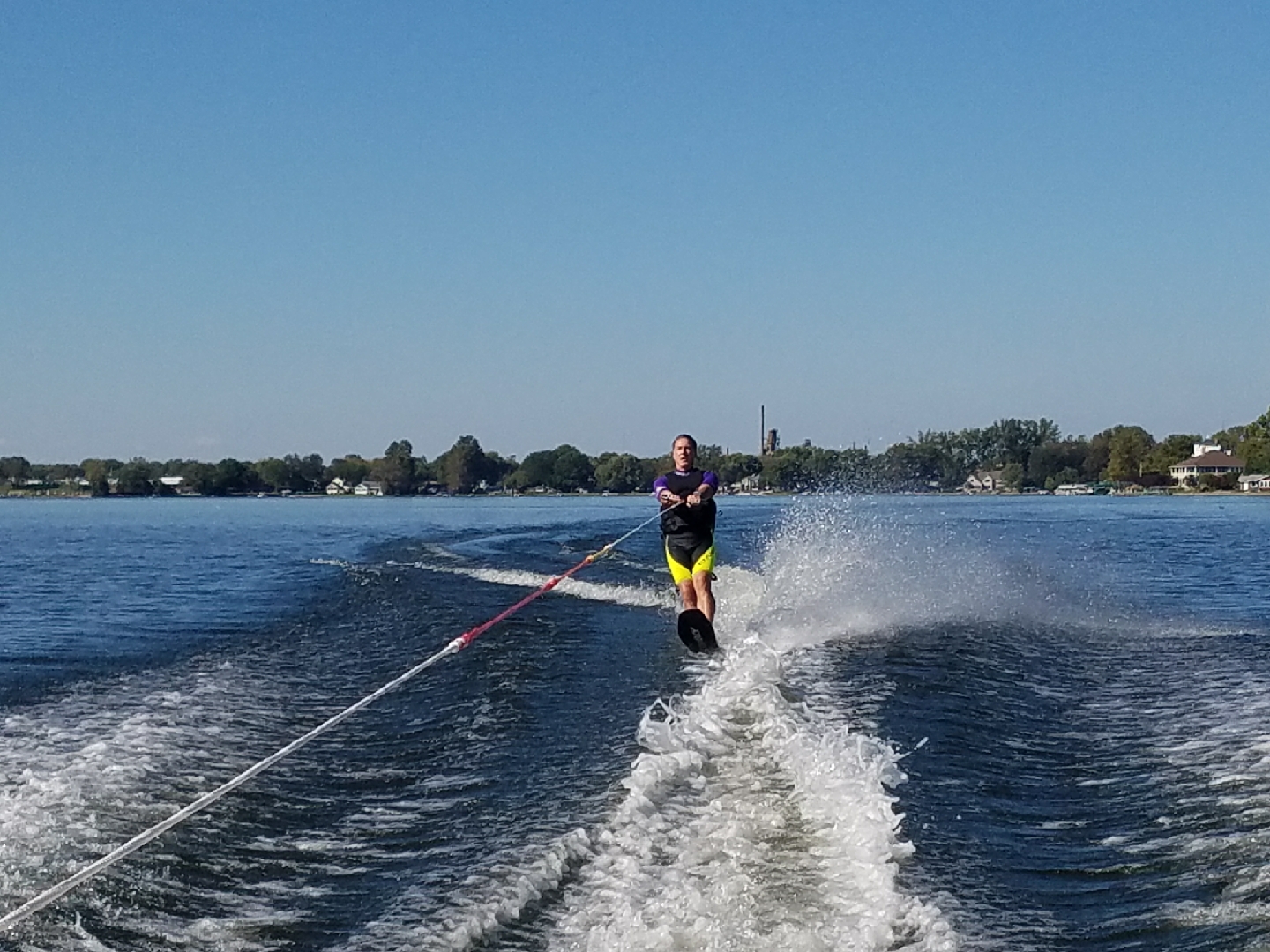After a 30-year career in orthopaedics, Bill McCarrick was enjoying the first few months of his retirement from Zimmer Biomet, where he most recently served as academic institute director. Little did he know that while taking time with his wife to plan his daughter’s wedding before considering the next “meaningful step” in his journey, Bill was already on his way, thanks to former Zimmer Biomet colleague and Enlighten Mobility advisor, Audrey Beckman, who recognized the potential for a great match.
Your retirement didn’t last long! What made you decide to join the Enlighten Mobility team?
After hearing about Marissa and being so moved by her story, I knew right away that if there was mutual interest, this was something I was going to run after. Enlighten Mobility excites me with an opportunity to create improved care pathways where there is currently little to no care. I believe in the mission — and in the people. The Enlighten Mobility team is extremely talented. The work they’re doing is so meaningful. Retirement or not, they made it easy for me to want to lean in and be part of this team.
What is most meaningful about the work your team is doing?
We’re introducing something totally new that can change the care trajectory to better serve patients. With the Enlight Gait Trainer, we can intervene where there are such limited options, which can improve the quality of life for amputees, and eventually for stroke and spine patients. And with the GMat, I love that we’re moving mobility care so much earlier in the pathway, creating an opportunity to test for abnormal movements at birth, which can result in much better long-term outcomes for our youngest patients and their families.
What’s on the horizon for Enlighten Mobility?
We’ll continue to build the company by demonstrating through research that what we’re doing will make a difference. Because of that, our sales process will always lean heavily on research. We’re already conducting research with phenomenal institutions like Nationwide Children’s Hospital and The Ohio State University, with more planned in the coming months. Because of my background, I’m especially excited to develop our relationships with larger academic centers that are specialists in mobility care and together make our devices accessible to create improved care pathways for all patients.
You’ve always wanted to be in healthcare. What led you to where you are today?
I’ve always felt like I belonged in a healthcare setting. When I was a teenager, I got a part-time job scrubbing pots and pans in a hospital. I kept my job during high school and went on to supervise the hospital’s dietary department, working 30 hours a week while I was going to college at Temple University. My older sister, who’s an RN with a master’s degree, shares my passion for healthcare — in fact, she worked at the same hospital and ran the labor and delivery department. The hospital CEO happened to be a Temple grad and helped me think seriously about my career in healthcare. So after graduating from college, I ended up in medical device sales. It was rewarding for me that we were eliminating pain for patients, improving mobility — and as a result of those two things, improving their lives. Think of the impact of a grandfather or grandmother who has a bad hip or a bad knee and can’t walk with their grandchildren. You fix their hip or knee and they start taking walks with their grandchildren. You improve their mobility — and their quality of life increases.
How do you keep moving?
A career in orthopaedics is motivation enough to keep moving. Too often, you see patients who sit on the sidelines. It’s frustrating when people choose not to engage in so many of the opportunities that are out there, so I never take it for granted. Growing up, I played soccer and baseball – and now I run. Honestly, I’ve never really liked running! But I try to run four or five days a week, four miles a day. Beyond running or working out at the gym, I do like water sports while I’m at the lake and beach. Whether it’s outdoor recreation or playing organized sports, it’s about having a mindset for doing it, which comes from understanding that improving your mobility can improve your quality of life.

“I really believe in quality of life for all patients. We have a responsibility to create improved care pathways, especially for underserved populations. This is a space that needs attention and I’m excited about the opportunity to help make a difference.” –Bill McCarrick, CEO